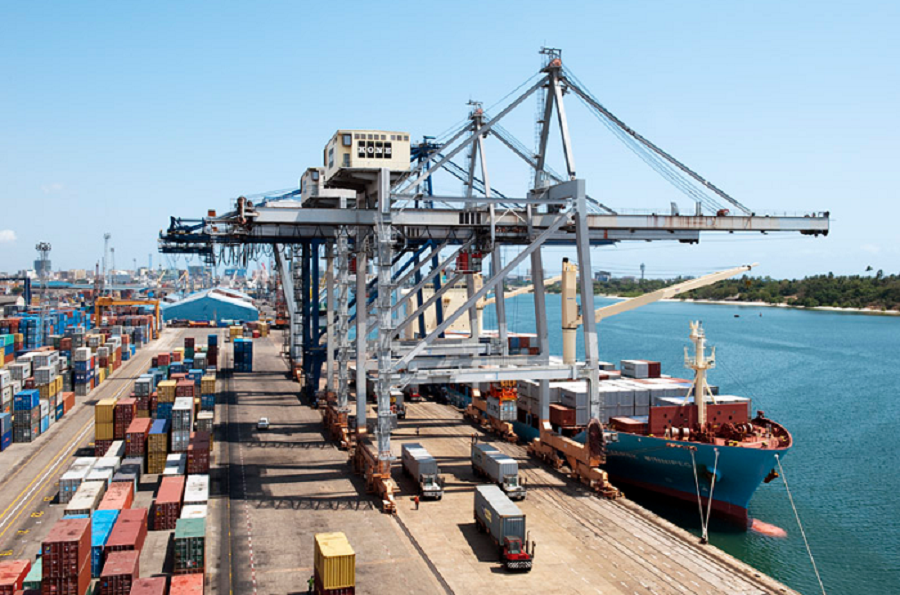Tanzania plans to construct a dry port in the western part of the country to serve East Africa and the Great Lakes region the country’s ports authority has said.
An official from Tanzania Ports Authority said that the project will be constructed in Kigoma and is expected to be among the biggest investments made by the authority in modern times. He did not reveal the cost of the project.
Speaking to reporters in Tanga Morris Nchindiuza, Kigoma region TPA Acting Manager, told reporters in Tanga that plans have been finalized for the massive project which will largely serve landlocked countries of Uganda, Burundi and Rwanda, the Democratic Republic of Congo and Zambia.
He said TPA has already disbursed 5.5 million U.S. dollars to compensate 1,228 people who were living in the project area.
You may like:Report casts doubt on viability of Lekki deep sea port
Early this month, President John Magufuli launched a project to upgrade the east African nation’s largest port in the commercial capital Dar es Salaam.
The Dar es Salaam Maritime Gateway Project (DSMGP) will be undertaken by China Harbour Engineering Construction Company (CHEC), a subsidiary of the state-run China Communications Construction Company Ltd. The project was expected to be completed in 36 months.
Bella Bird, the World Bank Country Director for Tanzania, Malawi, Burundi and Somalia, said the Dar es Salaam port was vital for the economies of Tanzania and neighboring countries.
Job creation
She said upgrading of the port will enhance its operational potential and boost trade and job creation across the region.
“The project will also reduce the current cost of 200 to 400 dollars for each additional day of delay for a single consignment,” said Bird.
The port of Dar es Salaam currently has 11 berths, with seven of these dedicated to general cargo and four to container operations.
The port handled 13.8 million tons in 2016 up from 13.1 million tons in 2013 and 10.4 million tons in 2011 reflecting an average growth of 9 percent per year over the last five years while recent numbers indicated a slowdown.

